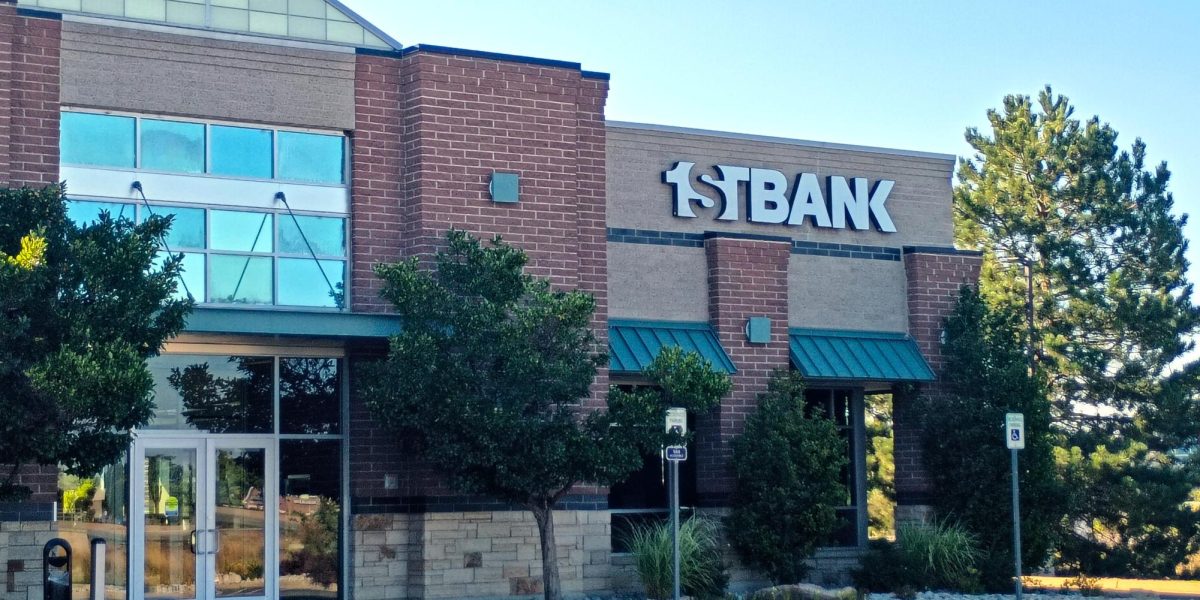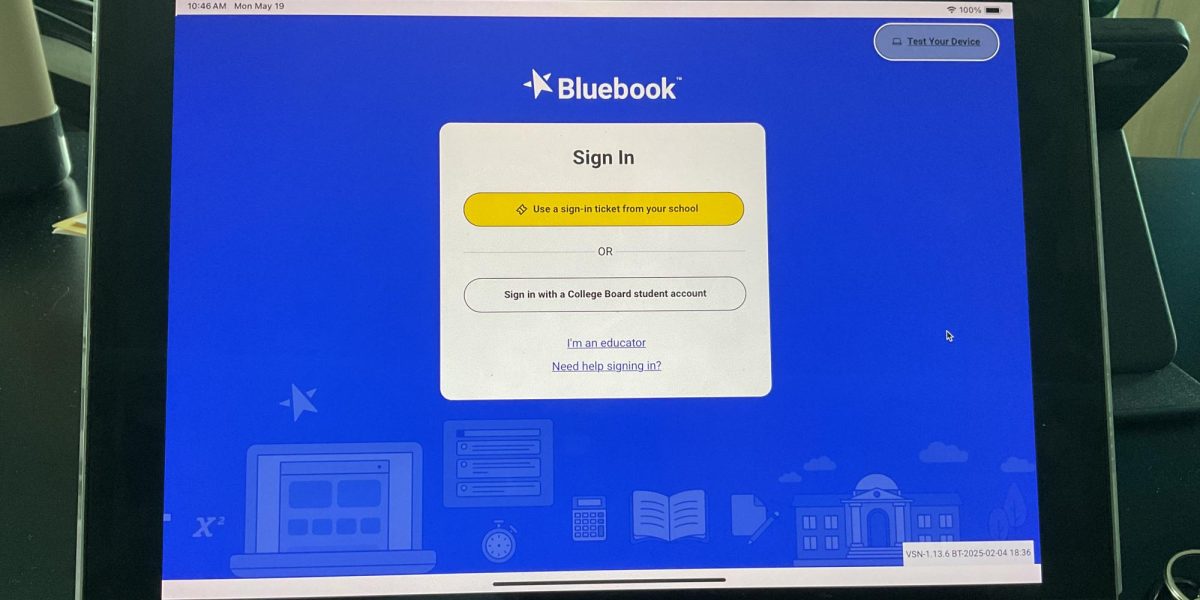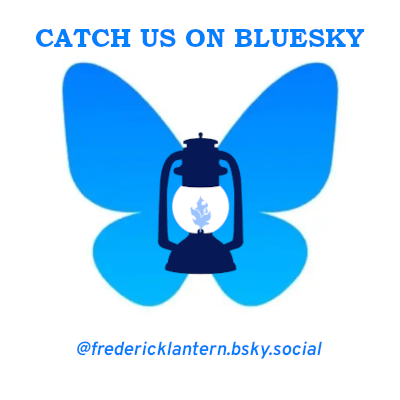Is Amy S. F. Lutz’s Newest Book Worth the Walk?

We Walk: Life with Severe Autism by Amy S. F. Lutz, hardcover, 200 pages.
December 4, 2021
We Walk: Life With Severe Autism by Amy S. F. Lutz is her second book and is an autobiography written about Jonah, who is a young man that is living life with Autism. This is a nonfiction book that is informative and inspirational to the reader. The book is written from the perspective of Jonah’s mom Amy, and does a great job telling about many different experiences and struggles they face on a daily basis. The book is a fascinating read about the different research that has been done and is currently being done to prevent others from suffering from an Autism diagnosis.
We Walk is made up of several different essays written by the author, each of which documents a different event or experience and some of the difficulties that Jonah and his family experienced while trying to navigate them. The main character of We Walk are Jonah, who is the person that the book is being written about; Amy, who is the narrator of the book and is Jonah’s mom; and Andy, who is Jonah’s dad. The central conflict is, of course, Jonah’s Autism diagnosis, which makes it quite difficult for the family to do things that are quite typical for most families, such as enjoy vacations, go out to restaurants, and go shopping. He and his family visited countless doctors, clinics, and other specialists and weren’t very successful in finding help.
Due to the intense complexity of Autism, there are a lot of things that doctors do not yet have the answers to, meaning that there wasn’t much help available for Jonah and the behaviors that he was displaying. According to page 41 of the book, Amy says that these challenges “didn’t stop us from exhausting our county’s early intervention services, procuring speech and occupational therapy, and securing Jonah’s admission to the best Autism classroom in our school district.”
A gripping example of this is when the family goes to a restaurant with another family and are confronted by another customer in the restaurant telling them to be quiet when Jonah expressed his excitement after their food arrived at the table. Amy tried explaining what was going on, but the other customer didn’t want to listen to what she had to say. Amy expresses her reaction vividly: “My face burned as I returned to my seat, his gratuitous nastiness instantly draining the joy from the evening,” and then goes on to say “I spent the rest of the dinner constantly shushing Jonah, even though we had specifically decided to eat out at six o’clock on a Thursday night in a causal eatery precisely so we wouldn’t have to hold any of the kids to impossible standards of behavior.”
Each of the events and experiences in the book builds on one another and really contributes to the overall theme of the story. These events also add complexity to the overall conflict of the story and keeps readers interested and engaged to find out what happens next. That being said, there are no payoffs to the conflict, as there aren’t many ways that the struggles that Jonah is facing can be taken positively. The text is easily readable, and there are no plot holes between events within the same essay. However, the flow of events between each essay isn’t very strong and is practically non-existent.
We Walk has a very strong theme of perseverance that is developed and demonstrated numerous times throughout the book by the amount of detail and emotional aspect added to each event. The book is highly effective in getting this across using motifs since it keeps referring back to the central conflict and the difficulties that they have experienced in attempting to overcome that conflict. The tone used in the book fits the genre well and helps add to the overall mood of the story. The book also uses an immense amount of descriptive words and phrases that help paint a clear picture in the reader’s mind as to what is happening in the story at any given time. For the most part, the sentences are simple to understand; however, some of the wording used throughout is more complex and is not as commonly used as others.
Overall, I would not recommend this book to all audiences. I feel like certain groups of people would be able to fully understand and appreciate all of the information being presented throughout the book, but others may have a harder time doing so. Since this book isn’t action-packed in most chapters, it does move at a slower pace than books that have more action incorporated in them. However, if you are interested in learning more about what one mother’s experience is with her son having Autism, this book is definitely for you. I would also recommend this book to anyone who wants to learn more about Autism, as well as what a day may be like when living with Autism.

















































